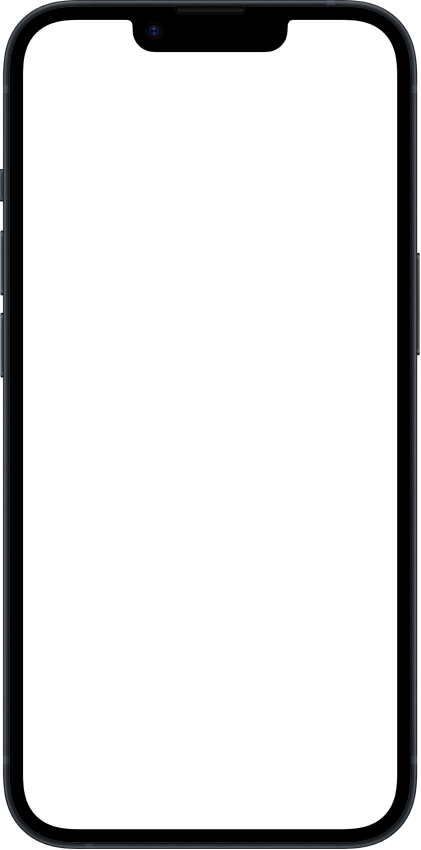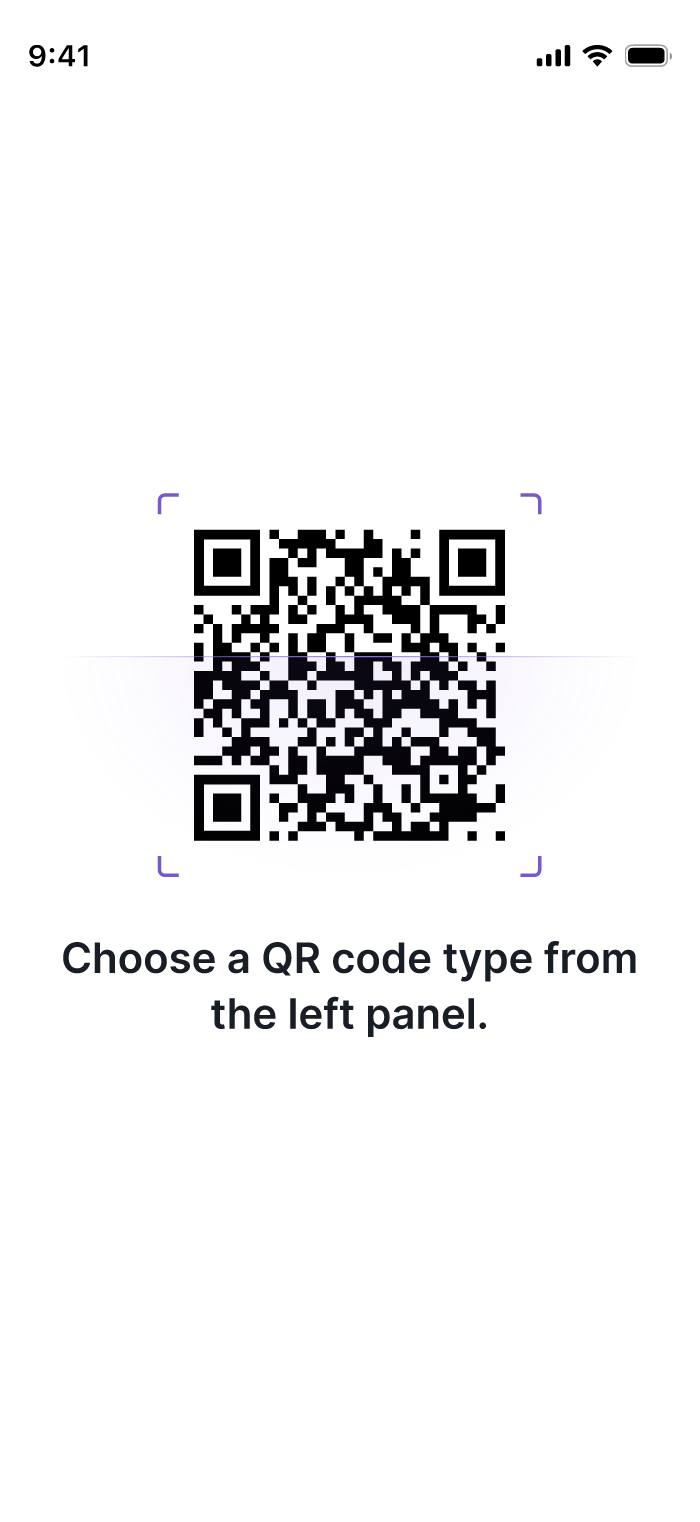QR Rapid
Best QR Code Generator
Create QR codes Instantly
Website URL
Send users to any webpage
Website URL
Website URL
Send users to any webpage
Wi-Fi
Let users connect instantly
Wi-Fi
Wi-Fi
Let users connect instantly
Menu
Create a digital menu
Menu
Menu
Create a digital menu
Start a chat with one tap
Start a chat with one tap
Image
Showcase visuals
Image
Image
Showcase visuals
Coupon
Unlock special offers
Coupon
Coupon
Unlock special offers
MP3
Share audio directly
MP3
MP3
Share audio directly
Video
Play a video instantly
Video
Video
Play a video instantly
Open an email draft
Open an email draft
Text
Display simple text
Text
Text
Display simple text
vCard
Share contact details
vCard
vCard
Share contact details
Crypto
Accept Crypto payments
Crypto
Crypto
Accept Crypto payments
List of links
Share everything in one place
List of links
List of links
Share everything in one place
Show a downloadable file
Show a downloadable file
SMS
Trigger a text message
SMS
SMS
Trigger a text message
Event
Promote an event
Event
Event
Promote an event
APP
Link to your app
APP
APP
Link to your app
Social media
Link all your socials
Social media
Social media
Link all your socials
25 Mar 2025 • 4 min read
Why QR Codes Exploded in Popularity During the Pandemic
Contactless Tech That Rose When the World Paused

Before 2020, QR codes were underutilized, often seen as a niche tool for logistics and experimental marketing. But when the pandemic hit, everything changed. Businesses, governments, and consumers needed contactless ways to communicate, transact, and share information—and QR codes emerged as the go-to solution.
From restaurant menus and health records to contactless payments and product packaging, QR codes became a central part of how we navigated the world.
1. The Need for Contactless Solutions
COVID-19 created an urgent demand for tools that eliminated physical interaction. Paper menus, brochures, and printed forms were replaced by instant digital access.
QR codes quickly became the default way to:
- Offer scannable digital menus and guides
- Enable safe, touch-free venue check-ins
- Provide secure access to health forms and vaccine records
The same logic applied across industries. From digital ticketing at events to in-clinic paperwork, QR codes helped reduce contact and speed up processes.
2. Widespread Smartphone Compatibility
The QR boom was made possible by one key development: smartphone readiness. By 2020, nearly every phone had a built-in QR scanner in the camera app—no third-party app required.
This allowed QR codes to scale across generations and demographics, even among older adults who previously avoided mobile tech. Scanning a code became a default interaction, from vaccine sites to mobile ordering at restaurants—paralleling the rise of PDF QR codes for instant digital content access.
3. Government and Institutional Use
Governments worldwide adopted QR codes as a primary tool for public communication and compliance. QR codes were used for:
- Location-based contact tracing
- Digital COVID-19 test results and vaccination proof
- Venue access verification
Countries like the UK, Australia, and Singapore deployed QR-based systems for daily check-ins at restaurants, gyms, and public offices. This made QR code scanning a normalized behavior—something once considered niche became part of daily life, similar to how dynamic QR codes allow real-time control in changing environments.
4. Reinventing Customer Experiences
QR codes didn’t just support health goals—they also reinvented service delivery. Businesses were forced to digitize fast, and QR codes enabled that shift:
- Restaurants used scannable codes for menus and mobile ordering
- Retailers shared product info, how-to guides, or promo codes via packaging
- Events offered touch-free check-ins and ticket validation
These uses enhanced efficiency and reduced print waste—goals shared by small businesses using QR codes for agile marketing during the pandemic’s peak.
Conclusion: QR Codes Became Essential Overnight
COVID-19 didn’t just popularize QR codes—it solidified their role in how we live, shop, travel, and interact. They proved themselves as fast, reliable, and accessible tools during a global crisis.
Even as restrictions ease, QR codes continue to power contactless experiences that are cheaper, faster, and more convenient than traditional methods.
Ready to implement contactless solutions in your business? Generate a custom QR code now at QRrapid.com and deliver instant, touch-free interactions that your audience will appreciate.
Similar Blogs
The latest industry news, interviews, technologies, and resources.
QR Codes in Education: Empowering Interactive Learning for All Ages
QR Codes in Education: Empowering Interactive Learning for All Ages
Read post
Join 2,000+ subscribers
Stay in the loop with everything you need to know.
We care about your data in our privacy policy

